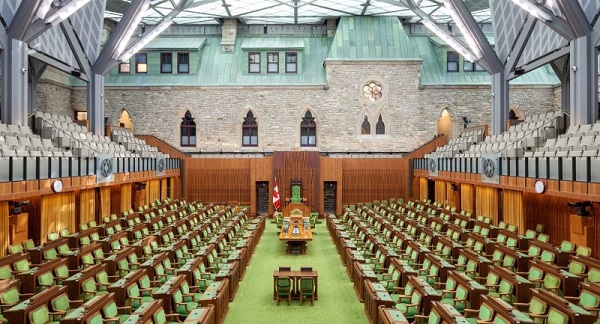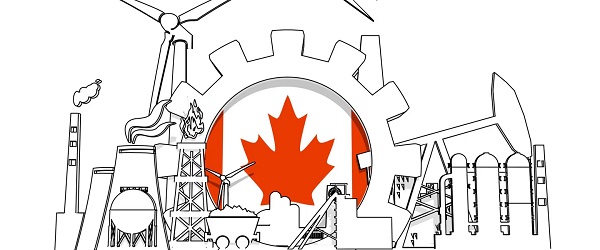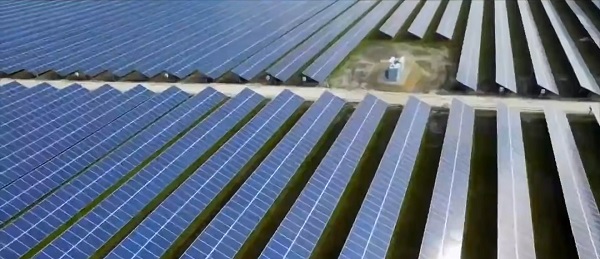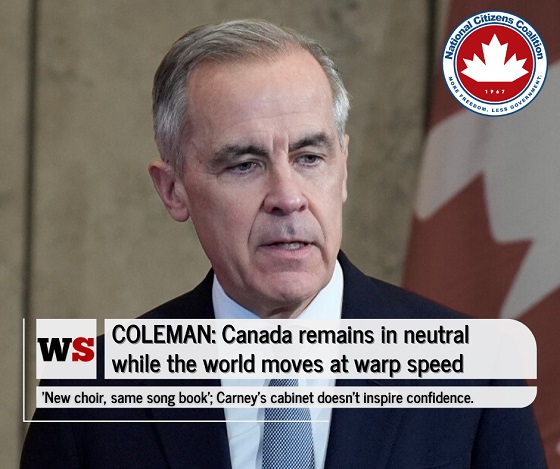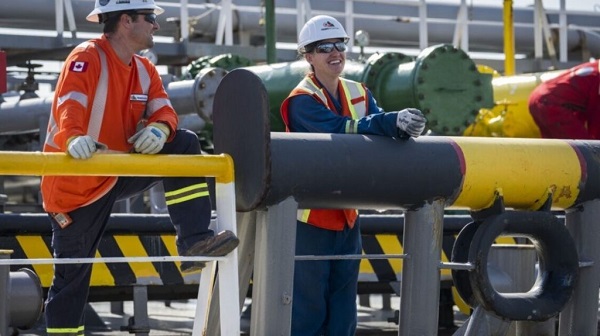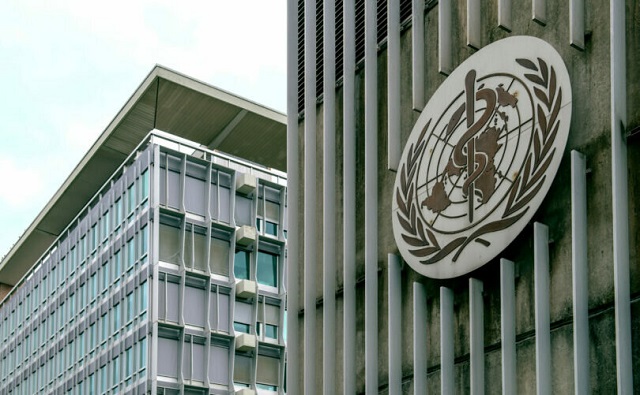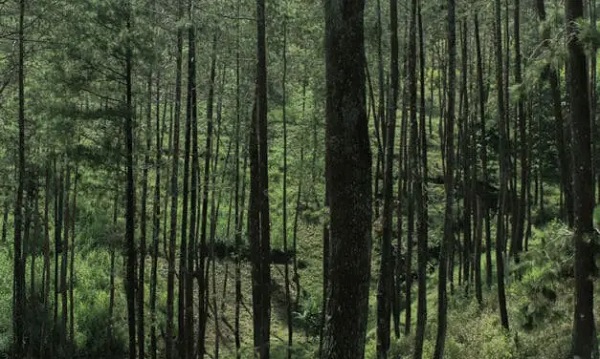Taxpayers Federation releases pension and severance figures for 2025 federal election
The Canadian Taxpayers Federation released its calculations of estimated pension and severance payments paid to the 110 members of Parliament who were either defeated in the federal election or did not seek re-election.
“Taxpayers shouldn’t feel too bad for the politicians who lost the election because they’ll be cashing big severance or pension cheques,” said Franco Terrazzano, CTF Federal Director. “Thanks to past pension reforms, taxpayers will not have to shoulder as much of the burden as they used to. But there’s more work to do to make politician pay affordable for taxpayers.”
Defeated or retiring MPs will collect about $5 million in annual pension payments, reaching a cumulative total of about $187 million by age 90. In addition, about $6.6 million in severance cheques will be issued to some former MPs.
Former prime minister Justin Trudeau will collect two taxpayer-funded pensions in retirement. Combined, those pensions total $8.4 million, according to CTF estimates. Trudeau is also taking a $104,900 severance payout because he did not run again as an MP.
The payouts for Trudeau’s MP pension will begin at $141,000 per year when he turns 55 years old. It will total an estimated $6.5 million should he live to the age of 90. The payouts for Trudeau’s prime minister pension will begin at $73,000 per year when he turns 67 years old. It will total an estimated $1.9 million should he live to the age of 90.
“Taxpayers need to see leadership at the top and that means reforming pensions and ending the pay raises MPs take every year,” Terrazzano said. “A prime minister already takes millions through their first pension, they shouldn’t be billing taxpayers more for their second pension.
“The government must end the second pension for all future prime ministers.”
There are 13 former MPs that will collect more than $100,000-plus a year in pension income. The pension and severance calculations for each defeated or retired MP can be found here.
Some notable severance / pensions
Name Party Years as MP Severance Annual Starting Pension Pension to Age 90
Bergeron, Stéphane BQ 17.6 $ 99,000.00 $ 4,440,000.00
Boissonnault, Randy LPC 7.6 $ 44,200.00 $ 53,000.00 $ 2,775,000.00
Dreeshen, Earl CPC 16.6 $ $ 95,000.00 $ 1,938,000.00
Mendicino, Marco * LPC 9.4 $ 66,000.00 $ 3,586,000.00
O’Regan, Seamus LPC 9.5 $ 104,900.00 $ 75,000.00 $ 3,927,000.00
Poilievre, Pierre ** CPC 20.8 $ 136,000.00 $ 7,087,000.00
Singh, Jagmeet NDP 6.2 $ 140,300.00 $ 45,000.00 $ 2,694,000.00
Trudeau, Justin *** LPC 16.6 $ 104,900.00 $ 141,000.00 $ 8,400,000.00
* Marco Mendicino resigned as an MP on March 14th, 2025
** Pierre Poilievre announced that he would not take a severance
*** The Pension to Age 90 includes Trudeau’s MP pension and his secondary Prime Minister’s pension

